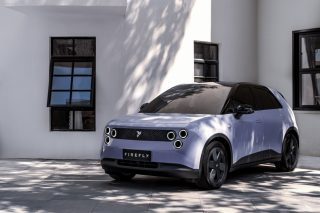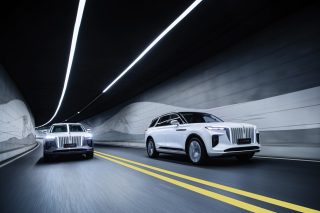Thirty years ago, a car with a 1-litre engine was an affordable little runabout with tiny performance.
Three decades on, a 1-litre car is far from being just a weedy runabout. Thanks to turbocharging, today’s single-litre engines are powerful enough to drive everything from hatchbacks to crossovers.
The oldest of the three contenders is the Ford Focus, which was introduced in 2011. But thanks to a timely update, which gave it a bolder exterior and enhanced cabin, the Focus still isn’t showing its age. Its biggest improvement is its new turbocharged 1-litre 3-pot motor, which is punchier than the naturally aspirated 1.6-litre 4-cylinder it replaces.
Hoping for continued success in this segment is the Volkswagen Golf. Like its rivals, it also boasts enhancements to its exterior (albeit subtle ones), and further refinements to its interior. And with more torque coming from the Golf’s turbocharged 1-litre 3-cylinder engine, which replaces the turbocharged 1.2-litre inline-4 in its predecessor, it promises to be a sprightlier drive, too.
Looking to put the Golf in the shade is its Spanish cousin, the Seat Leon. Although both cars are mechanically similar, the Leon has two advantages: better looks and more power.
Which of these 1-litre hatches ultimately offers the most value for money? Continue reading and find out what we think.





































